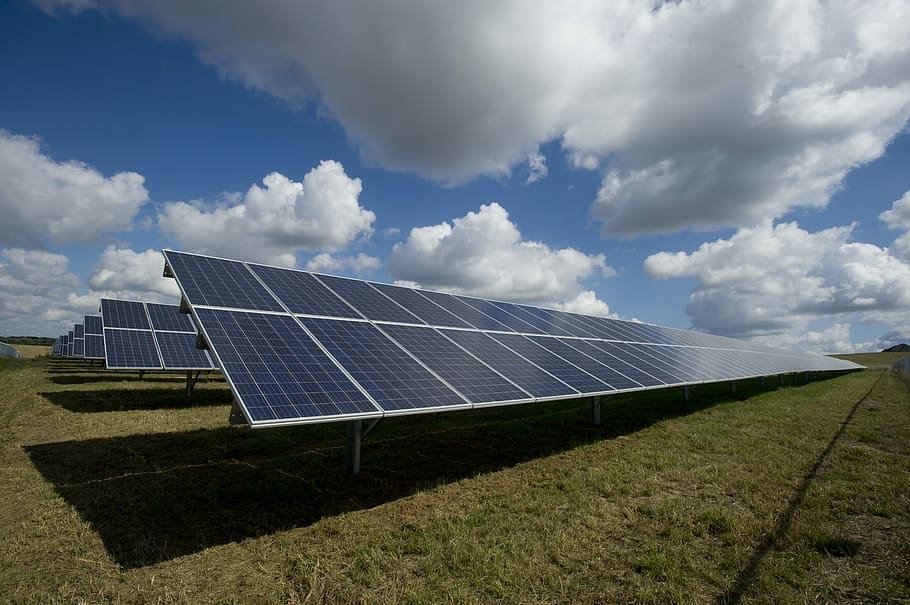Net Zero Consumption Solar Power Plant
The use of solar photovoltaic (PV) panels for converting sunlight into clean, green electrical energy has gained significant attention in recent years. Solar energy, being an abundant and potential alternative to conventional energy sources, presents a global solution that is not only sustainable but also environmentally friendly.
Solar PV panels generate power in the form of direct current (DC). However, to power our everyday appliances, this needs to be converted into alternating current (AC). An inverter is used for this power conversion, but this process is not without losses, primarily in the form of heat.
Auxiliary systems are often required to control the inverter cooling and lighting. These systems utilize energy from the grid, contributing to what we call "auxiliary power consumption". This term defines the total electricity internally consumed within the boundary of a power station to maintain its operation. It includes the energy needed for cooling fans, security lighting, air conditioning units, weather monitoring sensors, module temperature sensors, tracking systems, and water pumps for office use.
These auxiliary systems might seem insignificant, but they consume a substantial amount of power, especially under varying climate conditions. By managing the energy consumption of these systems, we can significantly improve the cost economics of the solar power plant.
Our proposal for this challenge is the incorporation of a separate hybrid inverter powered by a battery energy storage system (BESS) with reasonable autonomy. Prior to commissioning solar power plants, a comprehensive load calculation should be performed to design an effective auxiliary power consumption management system.
Such an energy management system would reduce the need for grid power, thus enhancing the cost-effectiveness of the power plant operations. Ultimately, our vision is to transform large-scale solar utility power plants into net-zero consumption solar power plants.
Through our approach, we not only optimize our solar power plant but also make strides towards sustainable and clean energy production, contributing positively to the global energy landscape.
For more detailed insight, you may refer to the following sources:
1. Moreno-Garcia, I.M., et al. (2016). "Real-Time Monitoring System for a Utility-Scale Photovoltaic Power Plant". Sensors 2016, 16, 770. DOI:10.3390/s16060770
2. Bansal, N., Pany, P., & Singh, G. (2021). "Visual degradation and performance evaluation of utility-scale solar photovoltaic power plant in hot and dry climate in western India". DOI: 10.1016/j.csite.2021.101010
3. Stein, G. & Letcher, T.M. (2016). "Integration of PV Generated Electricity into National Grids". DOI: 10.1016/B978-0-12-811479-7.00015-4
4. He, X. (2018). "Solar Power Development in China". [DOI: 10.1016/B978-0-12-811479-7.00002-6]( http://dx.doi.org/10.1016/B978 )




